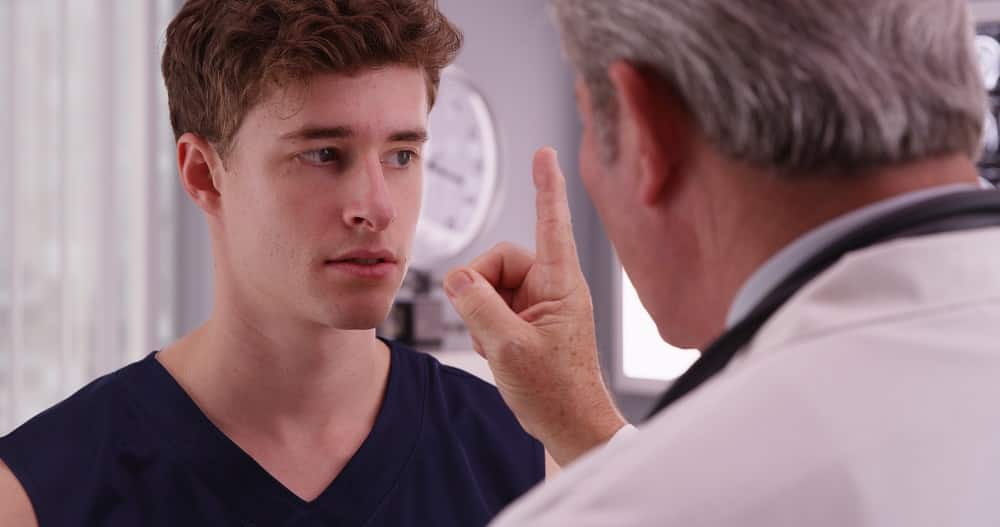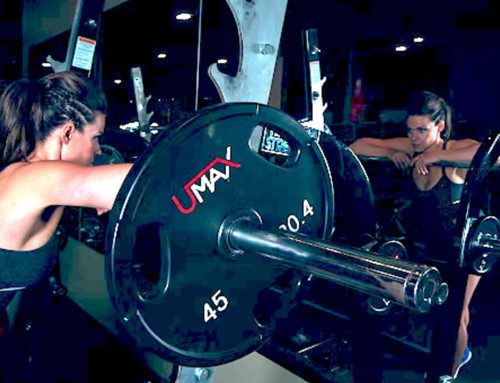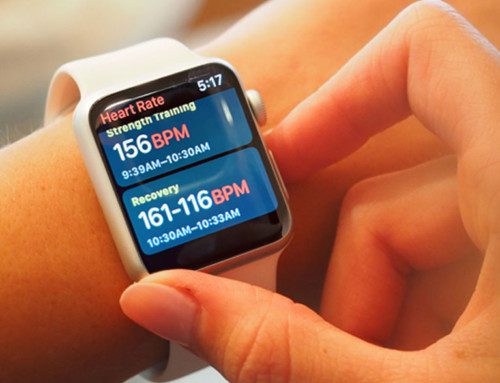In our last post, we talked about what a concussion is, and potential acute deficits that occur as a result. Once a concussion is defined, there are multiple questions that usually follow. This blog post will address some of those questions.
“How often do concussions occur in athletic populations?”
According to Khurana et al (2012), approximately 3.8 million concussions occur PER YEAR as a result of sports and physical activities, however as many as half of these go unreported (Harmon, 2013). Another study (Mulligan, 2012) showed that as much as 71% of athletes in contact sports demonstrate at least one concussion-indicative deficit when they were tested within two days of the game they played (Harmon, 2012), with the highest incidence occurring in football, hockey, rugby, soccer, and basketball (Cross 2011). Further, concussions account for approximately 58% of all emergency room visits for children 8-13 years old, and sports-related concussions account for 46% of all concussions in 14-19 years old.
“If you have one concussion, are you likely to have more?”
Yes. In fact, the more concussions you have had, the more likely you are to have more. Athletes who have one concussion are about 150% as likely to suffer a second. Athletes who have had two are 3-times as likely to have a third, and athletes who have had three are 3.5-times as likely for subsequent concussions.
“Who are the appropriate personnel to assess and manage concussions?”
Internationally, physical therapists, physicians, and athletic trainers with the appropriate training are all appropriate healthcare practitioners to assess and manage concussions. According to the American Physical Therapy Association (APTA)’s “Vision 2020,” a person who suffers a concussion ‘should immediately be assessed by a licensed health care provider trained in the evaluation and management of concussions. These examinations should be administered to establish a diagnosis, provide treatment through a plan of care, monitor progression, and make decisions regarding return to play using best evidence and standards of care.
In our next post, learn what post-concussion care consists of when managed by a physical therapist!
References
Khurana VG, Kaye AH. An overview of concussion in sport. Journal of Clinical Neuroscience. 2012;19(1):1-11.
Harmon KG, Drezner JA, Gammons M, et al. American medical society for sports medicine position statement: Concussion in sport. Br J Sports Med. 2013;47(1):15-26.
Mulligan I, Boland M, Payette J. Prevalence of neurocognitive and balance deficits in collegiate football players without clinically diagnosed concussion. journal of orthopaedic & sports physical therapy. 2012;42(7):625-632.
Cross PS, Karges JR, Salsbery MA, Smith D, Stanley EJ. Management of acute sports injuries and medical conditions by physical therapists: Assessment via case scenarios. Int J Sports Phys Ther. 2011;6(3):158-172.





